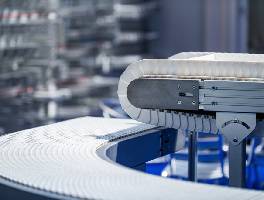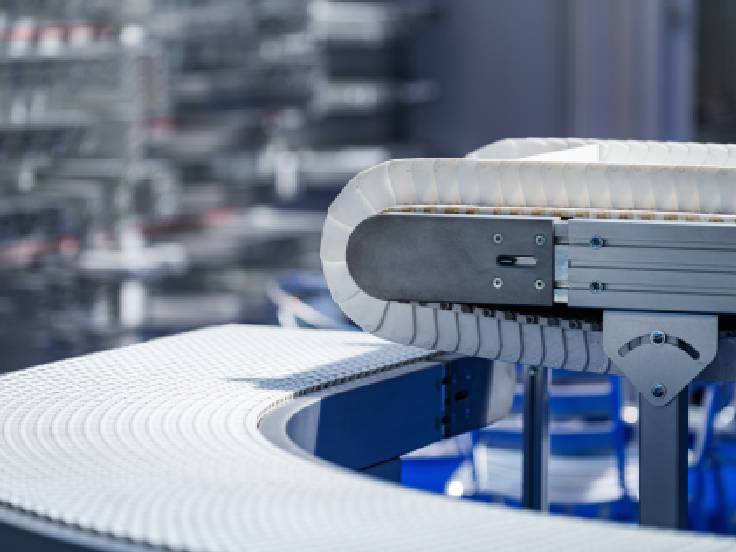

The modern automobile is a marvel of engineering! Nothing less of a symphony of precisely machined parts assembled with meticulous choreography. But beneath the gleaming sheet metal lies a hidden network, the conveyor system.
These unassuming workhorses are the arteries that keep the lifeblood of production flowing, ensuring a smooth and efficient journey from raw materials to finished vehicles. Gone are the days of rigid, inflexible lines. The industry, characterized by high-frequency components and a complex web of suppliers, necessitates a new breed of conveyor one that is as dynamic as the market it serves.
The Conveyor Trifecta of Flexibility, Efficiency, and Integration
The ideal conveyor system for an automotive assembly line must excel in three key areas:
- Modular designs are king. The ability to quickly expand or reconfigure the line to accommodate production changes is paramount. Imagine a system where sections can be effortlessly added, removed, or rearranged to meet evolving needs.
- Time is money while downtime is the enemy. Conveyor systems should be designed for minimal maintenance. This is while utilizing high-quality, wear-resistant materials to minimize disruptions.
- The days of isolated systems are over. Today’s conveyors need to seamlessly integrate with the broader production ecosystem. Imagine a conveyor system that speaks the same language of coordinating movements and ensuring a smooth and error-free handover of components.
The Conveyor Menagerie: A Look at the Workhorses
The automotive industry utilizes a diverse range of conveyor systems, each with its own strengths and applications:
- The workhorses of the assembly line, Roller Conveyors excel at transporting individual parts and subassemblies. Their simple yet robust design allows for high weight capacities, making them ideal for handling engines, chassis components, and even complete bodies. In the assembly line, they silently and efficiently shuttling parts towards their stations.
- When space is at a premium, Overhead Conveyors take center stage. These suspended systems allow for the transportation of heavy loads – engines, entire car bodies – leaving valuable floor space free for other operations. Imagine a complex network of tracks weaving throughout the factory, carrying vehicles in various stages of assembly, like a high-tech monorail for cars.
- The versatile workhorses, Belt Conveyors, offer a smooth and continuous flow of materials. They excel at transporting a wide range of items, from small parts to subassemblies, along a defined path. Imagine a river of parts, steadily moving towards their destinations, ensuring a constant stream of materials for assembly.
- The ultimate heavy lifters, Chain Conveyors are built for endurance. They can handle massive loads including engines, transmissions, and even entire vehicles for long distances with unwavering stability. Imagine an industrial-strength escalator, specifically designed for the heavyweights of the automotive world.
Beyond the Basics: Advanced Features for the Modern Factory
The conveyor landscape is constantly evolving, with innovative features designed to further enhance efficiency and safety:
- Accumulation Zones allow for the temporary buffering of parts, ensuring a smooth flow of materials even during production fluctuations. Think of them as holding pens for parts, preventing bottlenecks and maintaining a steady supply for workstations.
- Lift and Lower sections feature provide vertical movement capabilities, allowing parts to be transferred between different levels on the assembly line. Imagine elevators specifically designed for car parts, seamlessly integrating vertical movement into the horizontal flow of the conveyor system.
- Safety Interlocks are crucial safeguards that prevent accidents. It does this by stopping the conveyor if a worker inadvertently enters a restricted area. They are silent guardians of the assembly line, ensuring the safety of workers while maintaining production flow.
Choosing the Right Conveyor: A Collaborative Effort
Selecting the best conveyor system requires a collaborative effort. Conveyor manufacturers and automotive engineers must conclude an end goal. By weighing factors like production volume, part size and weight, and desired layout one can determine the best solution.
By carefully considering these factors and embracing the latest innovations, automotive manufacturers can ensure that their conveyor systems are not merely passive bystanders, but active participants in the symphony of auto assembly, propelling them towards a future of efficiency, flexibility, and safety.
ALSO READ
Understanding Conveyor Systems and Their Operations
Top 5 Benefits of Integrating Conveyor Systems in Your Warehouse


